Jarring economic inequalities widen in world's richest nation
10% families own 67.2% of America's wealth; homelessness, hunger and early deaths spike
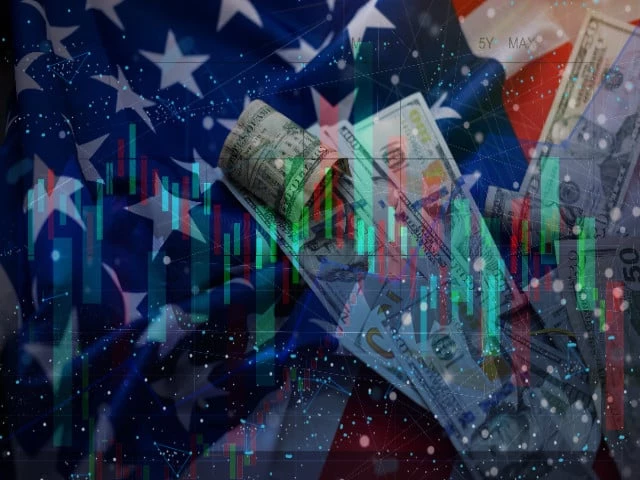
As inequality in the United States reaches levels not seen since the Great Depression or the Gilded Age, experts warn that the collapse of the country's vaunted social welfare model is a logical outcome of a system in which capital accumulates at the top while the working class is abandoned to insecurity.
Even as it commands unprecedented wealth, the world's richest nation is unable to provide basic security for millions, with hundreds of thousands sleeping on its streets.
The irony is staggering as the richest 10% of households command a lion's share of the nation's wealth — 67.2% — while the bottom half are left to pick up scraps, holding just 2.5%. On average, the top tier enjoys fortunes of $8.1 million, compared to a modest $60,000 for half the population.
Over 771,480 people are sleeping rough across the country, 18% more than the year before, the steepest single-year rise since records began.
Poverty is gnawing at the marrow of the American life, leaving scars on every facet. Tens of thousands of Americans are dying far too soon. The early deaths are no accident as they strike with precision, landing only on those born into neighbourhoods stacked against them.
While diseases such as cancer, heart attacks and strokes are listed as immediate causes, researchers point to a deeper driver that medicine alone cannot treat: inequality. An invisible 'death gap' between haves and have-nots is deciding whether one sits down to salmon and greens, scrapes by on processed scraps, or goes to bed hungry with nothing at all.
The poverty rate nearly hit 13% in 2023, with 13.8 million children facing food insecurity and families sliding into debt and desperation as basic needs stretched beyond reach. Rising credit card debt has surpassed $1.14 trillion, an ominous sign of households making ends meet any way they can, often at usurious rates.
The US spends an estimated $14,570 per person on healthcare, yet ranks last among 10 high-income nations in access, outcomes, and coverage. Around 35% of adults are underinsured, 9% have no insurance at all, and many more forgo treatment entirely due to cost. Insurers often rely on practices morbidly described as "delay, deny, de-pose," leaving patients without timely care.
Similarly, the scale of the crisis is evident in the opioid epidemic. In 2023 alone, 105,007 deaths were reported, a surge tied to deceptive pharmaceutical marketing and weak regulatory oversight. Pharmaceutical companies spent nearly $400 million on lobbying that year, reinforcing a system where profit frequently outweighs public health.
Critics note that the Food and Drug Administration failed to adequately scrutinise new painkillers, exposing how regulatory agencies, increasingly shaped by corporate interests, have struggled to intervene effectively.
Meanwhile, addiction is still framed as a moral failing rather than a public health challenge, with those affected more often criminalised than treated. Observers argue that human suffering has effectively been folded into a business model, one that places the heaviest burden on the working class.
The same punitive approach is evident in responses to homelessness. A recent Human Rights Watch report documents how cities such as Los Angeles have prioritised policing over housing, issuing fines, making arrests and clearing encampments rather than expanding shelter or affordable housing.
In LA, homeless residents are dozens of times more likely to be cited or jailed than those with stable housing, exposing how housing insecurity is increasingly treated as a criminal issue rather than a social failure.
The dynamic is reinforced by America's sprawling prison system. The US incarcerates more people per capita than any other country, with nearly two million behind bars. Analysts contend that mass incarceration functions less as crime prevention than as a mechanism of social control.
The prison-industrial complex profits from cheap labour, locking the poor into cycles of poverty and disenfranchisement. Black and Latino communities disproportionately suffer under the machinery.
Economists argue that the erosion of America's social safety net is not accidental but the product of deliberate political design. In the 2024 federal election cycle, campaign spending reached a record $15.9 billion.
Super PACs alone poured in more than $7.7 billion, with hybrid PACs contributing an additional $1.4 billion — funds flowing through a system where regulations remain thin and private influence runs deep.
At least 135 billionaires publicly endorsed candidates, and individual donors wrote cheques exceeding $100 million, reinforcing the increasingly plutocratic character of US politics.
Not inevitable
However, underlying the political choices is what experts diagnose as a narrowing of the American imagination. What policymakers and the public deem "realistic" is shaped by entrenched interests.
Over recent decades, neoliberal orthodoxy has entrenched a "business ontology" in which healthcare, housing and welfare are seen less as public goods than as commodities. Within this framework, systemic solutions to poverty are ridiculed as "impractical" or even "utopian", while corporate-friendly measures, including privatisation of hospitals, schools and utilities, are portrayed as unavoidable.
But there is nothing inevitable about poverty in the richest country on earth. While many in Washington want ordinary Americans to believe that the woes are intractable, rights activists and economists stress that suffering and scarcity are contingent outcomes of policy choices.
The writer is a senior Lahore-based journalist

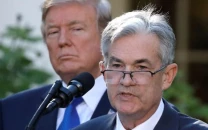

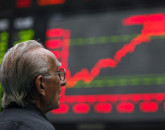


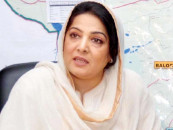






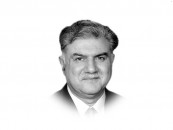
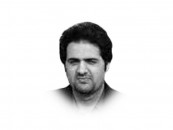
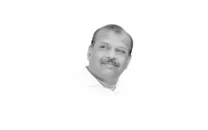
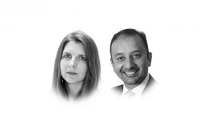
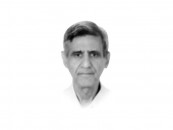
COMMENTS
Comments are moderated and generally will be posted if they are on-topic and not abusive.
For more information, please see our Comments FAQ